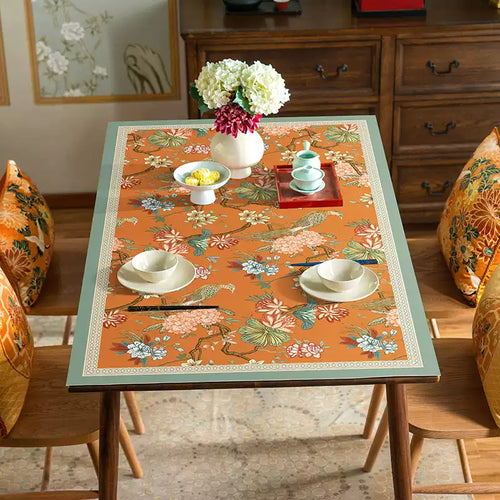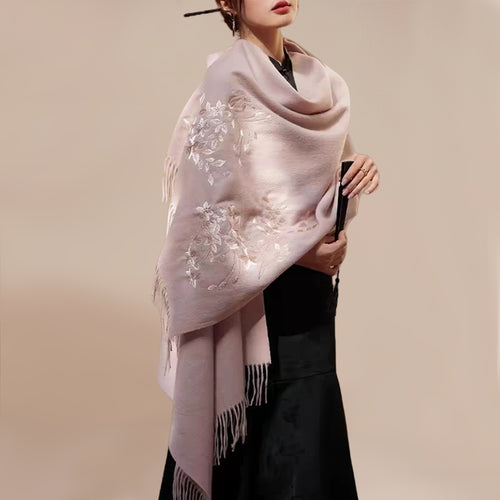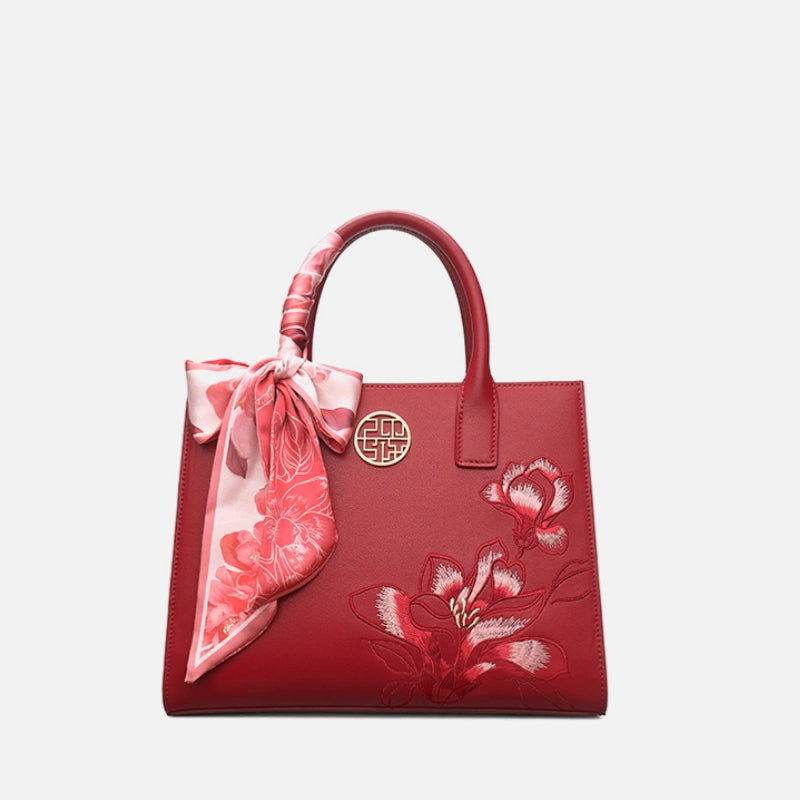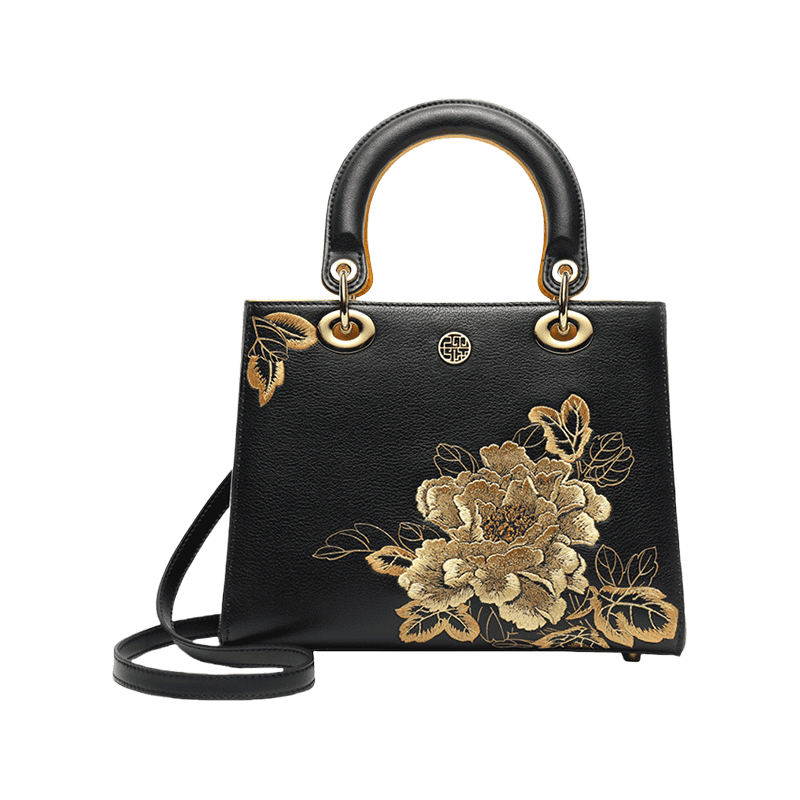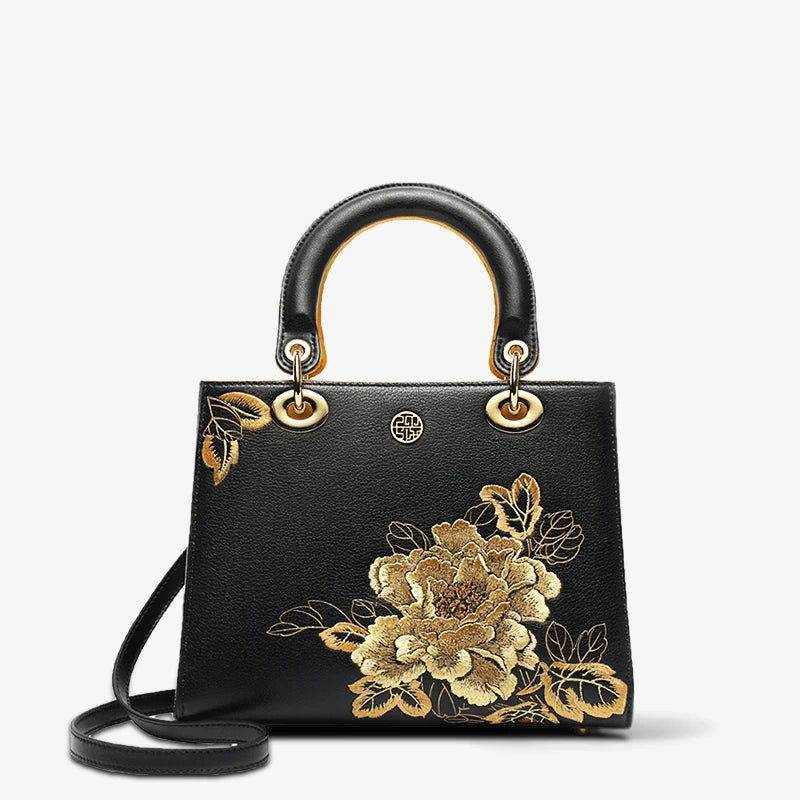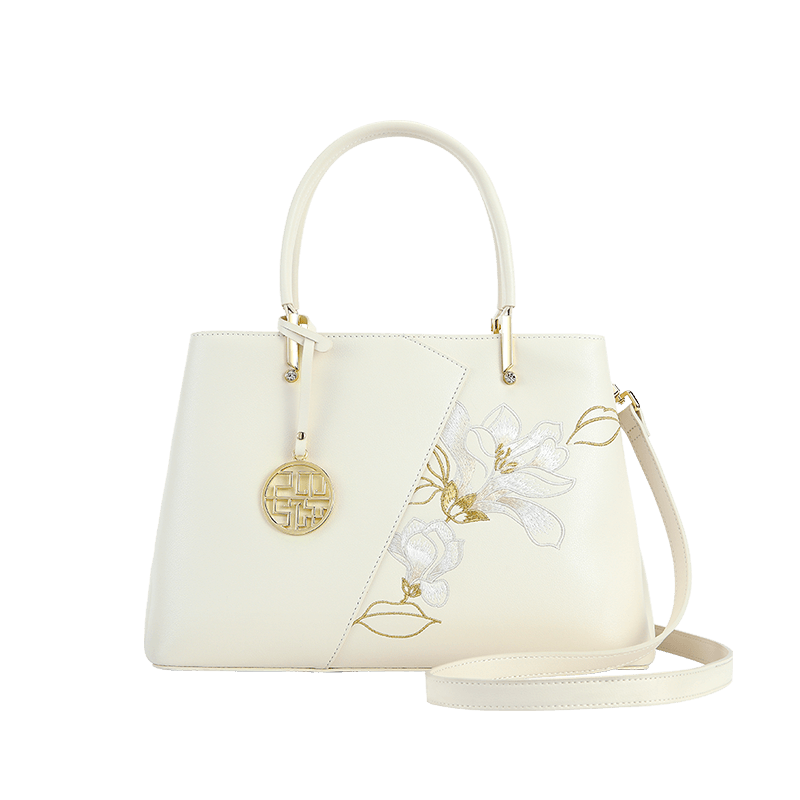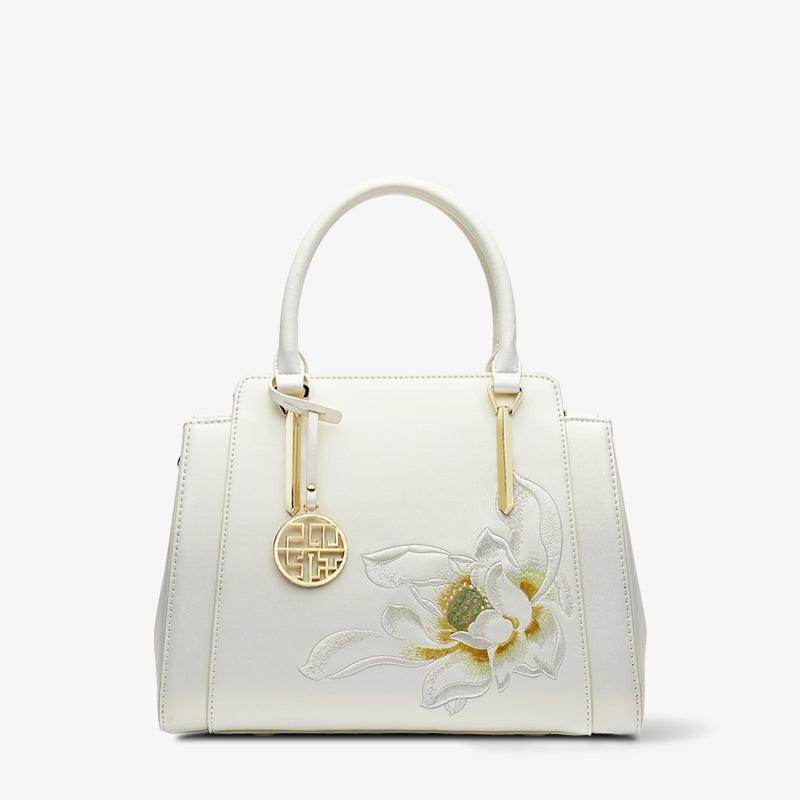Chinese Embroidery is a traditional handicraft in China with a long history and exquisite craftsmanship. Renowned for its delicate artistry and diverse patterns, Chinese embroidery employs silk threads and various stitching techniques to create intricate designs on fabric. These artworks, showcasing high artistic value and cultural significance, represent the essence of traditional Chinese artistry.
Ancient Origins: Chinese embroidery traces its roots to ancient times, initially used for adorning clothing, royal fabrics, and religious ceremonies. Early Chinese embroidery adorned the garments of nobility and the imperial court, gradually evolving into an art form.


Developmental Phases: Over time, embroidery techniques in China continued to evolve. Different regions developed unique embroidery styles, such as Su embroidery(Suzhou embroidery), Shu embroidery (Sichuan embroidery), Yue embroidery(Canton embroidery), and Xiang embroidery(Hunan embroidery), each with distinct characteristics and stylistic features.

Cultural Heritage: The tradition of Chinese embroidery has been passed down through generations, preserving and advancing skills and traditions. This artistry often gets passed down through apprenticeships, traditional craft schools, and workshops.


Techniques and Materials: Chinese embroidery primarily uses silk threads, renowned for their delicacy, sheen, and vibrant colors. Various stitching techniques, including satin stitch, cross-stitch, and chain stitch, showcase exquisite craftsmanship.

Cultural Symbolism: Embroidery often incorporates rich cultural symbols like dragons, phoenixes, flowers, and animals, symbolizing luck, auspiciousness, and longevity, reflecting deep cultural connotations.


Chinese embroidery stands as an integral part of China's traditional arts, renowned globally for its intricate craftsmanship and cultural depth. It not only holds significant importance within Chinese culture but also garners widespread appreciation and admiration internationally.
Four Famous Chinese Embroidery Styles
Su Embroidery: Originating from Suzhou, Jiangsu Province, Su embroidery is renowned for its delicate craftsmanship and intricate details. It employs meticulous needlework, creating fine and vibrant embroideries, praised for its unique artistic expression.

Shu Embroidery: Also known as Sichuan embroidery, it hails from Sichuan Province in southwestern China. It features bold lines, simple yet powerful designs, and embodies rich ethnic characteristics. Shu embroidery often portrays natural landscapes, traditional culture, and folk stories.

Yue Embroidery: Also called Canton Embroidery, originating from Guangdong Province, Yue embroidery is celebrated for its exquisite craftsmanship and intricate patterns. The embroidery designs are diverse, encompassing themes like flora, fauna, figures, and landscapes, with delicate and graceful lines.

Xiang Embroidery: Originating from Hunan Province, Xiang embroidery is esteemed for its unique style and delicate craftsmanship. It often portrays flowers, plants, animals, and natural scenes with vivid colors and lifelike imagery.

These embroidery styles showcase distinct characteristics, representing the diverse cultures, arts, and traditions of different regions in China. Their exquisite craftsmanship and rich cultural connotations contribute to the unique charm of Chinese embroidery traditions.




